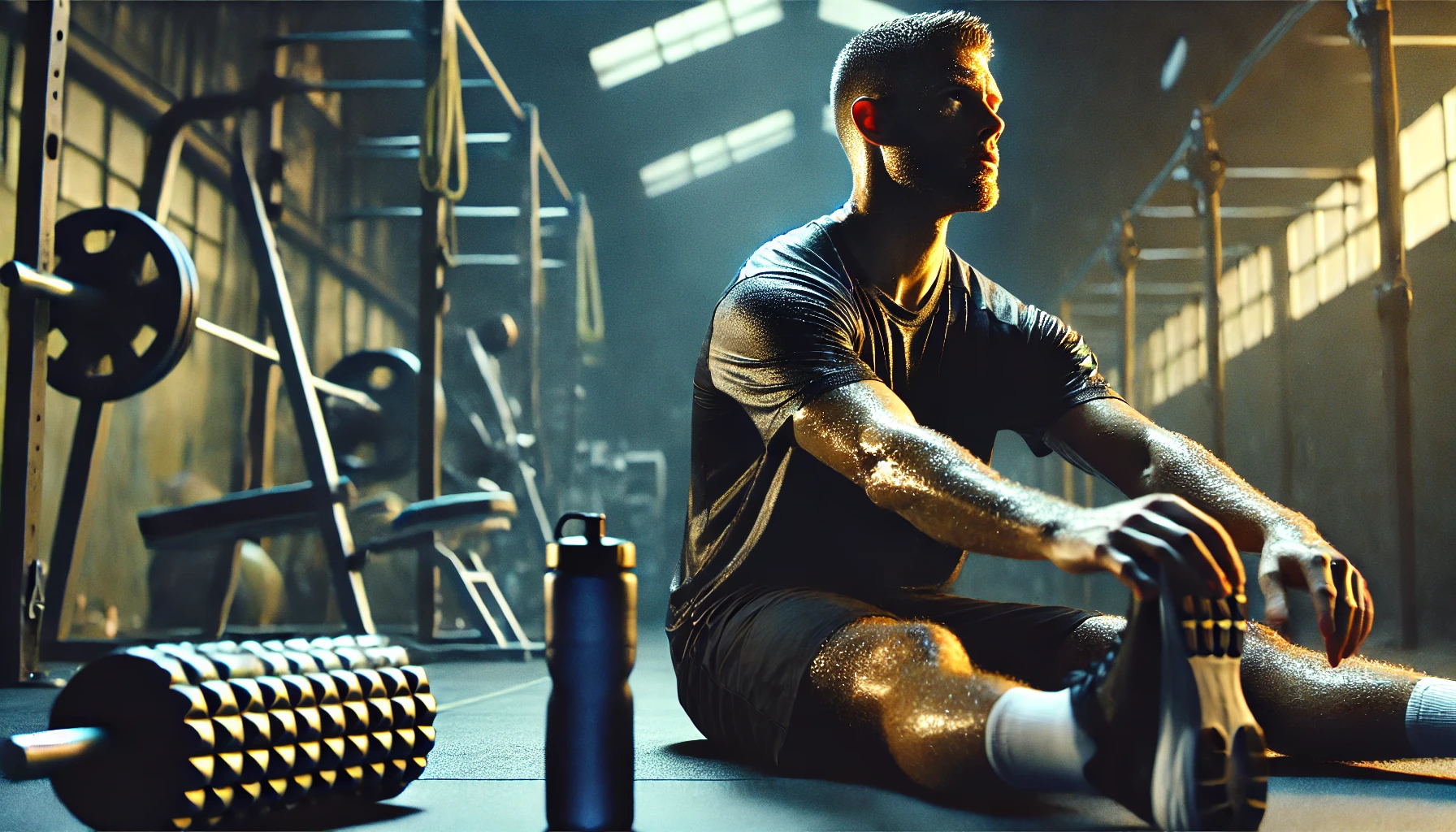

Get Fit Anywhere: Leaner and Stronger with Bodyweight Workouts!
Bodyweight exercises are a powerful tool for building strength, improving flexibility, and boosting cardiovascular fitness without any equipment. By using your body as resistance, you can challenge multiple muscle groups, develop core stability, and increase endurance. You can find very good gyms in Abuja that offer the best body-weight workouts here.
These exercises can be done at home, outdoors, or even in small spaces, making them incredibly accessible and versatile. In this guide, we’ll cover the benefits of bodyweight training, key exercises for different muscle groups, and tips on how to advance your workout over time.
Benefits of Bodyweight Exercises
Bodyweight training offers several key benefits:
- Flexibility and Strength: Bodyweight exercises engage multiple muscle groups, promoting functional strength and joint flexibility.
- Convenience: With no equipment needed, bodyweight exercises can be done anywhere.
- Scalability: These exercises can be modified for any fitness level, from beginner to advanced, with simple variations and progressions.
- Injury Prevention: Bodyweight exercises often have a lower risk of injury compared to weighted exercises as they emphasize form and control.
Research has shown that bodyweight exercises, such as push-ups and squats, can effectively build strength, improve balance, and support cardiovascular health, making them an excellent choice for a well-rounded fitness regimen.
Upper Body Bodyweight Exercises

Strengthening your upper body without weights is achievable through targeted exercises like push-ups, tricep dips, and planks. Each of these exercises can be modified to suit your fitness level.
1. Push-Ups
Push-ups target the chest, shoulders, and triceps while engaging the core. They’re versatile and can be made easier by performing them on your knees or more challenging by elevating your feet.
- Beginner: Knee Push-Ups – Start on your knees and lower your chest to the floor with control.
- Advanced: Plyometric Push-Ups – Push explosively off the ground, clapping between each rep to increase intensity and power.
2. Tricep Dips
Tricep dips work the triceps and shoulders and can be performed on the floor or using an elevated surface.
- Beginner: Floor Dips – Sit on the floor with hands behind you, lift your hips, and bend your elbows to lower your body slightly.
- Advanced: Elevated Dips – Place your hands on a bench or sturdy chair and lower your body deeper for a greater range of motion.
3. Planks
Planks are excellent for both core stability and shoulder strength. Proper form is essential; keep your body in a straight line from head to toe.
- Beginner: Knee Plank – Perform a plank on your knees to reduce the load on your shoulders and core.
- Advanced: Side Planks or Shoulder Tap Planks – Perform a side plank or add shoulder taps for more balance and core engagement.
Lower Body Bodyweight Exercises
Bodyweight exercises can effectively target the lower body for strength, balance, and endurance, focusing on major muscle groups like the quads, hamstrings, and glutes.
1. Squats
Squats are foundational for lower body strength, engaging the quads, hamstrings, and glutes. Proper form involves sitting back as if in a chair, with knees aligned over toes.
- Beginner: Basic Squats – Focus on range of motion, going as low as comfortable.
- Advanced: Jump Squats – Add an explosive jump at the top of each squat for added cardio and power.
2. Lunges
Lunges are unilateral exercises that help with balance and coordination while building leg strength.
- Beginner: Stationary Lunges – Perform in place, alternating legs to master the movement.
- Advanced: Walking Lunges or Jump Lunges – Step forward into each lunge or add a jump between lunges to intensify.
3. Glute Bridges
Glute bridges target the glutes and hamstrings, ideal for those seeking lower-body strength and stability.
- Beginner: Basic Glute Bridge – Lie on your back with your knees bent, lifting your hips toward the ceiling.
- Advanced: Single-Leg Glute Bridge – Perform with one leg raised to increase difficulty and unilateral strength.
Want To Achieve Fitness Goals Faster? Do This Now!!!
Core and Abs Exercises
Core exercises are essential for building strength and stability, reducing the risk of lower back injuries, and improving performance in almost every type of physical activity.
1. Planks
Planks are a staple core exercise that builds endurance across multiple muscle groups.
- Beginner: Standard Plank – Start with shorter holds (15–20 seconds) and build up as strength improves.
- Advanced: Side Plank or Plank Walks – Perform planks on one side or “walk” side to side with hands for an extra challenge.
2. Crunches
Crunches focus on the upper abs and can be varied to target different core areas.
- Beginner: Basic Crunch – Lie on your back with your knees bent, lifting your upper body without straining your neck.
- Advanced: Bicycle Crunches – Twist toward alternating knees, adding oblique engagement for a complete ab workout.
3. Leg Raises
Leg raises target the lower abs and hip flexors, promoting core strength and stability.
- Beginner: Bent-Knee Raises – Keep your knees bent, lifting them toward your chest.
- Advanced: Straight-Leg Raises – Lift legs fully extended for a more intense core workout.
Combining Exercises for Full-Body Routines
A balanced bodyweight routine can include all major muscle groups, typically structured as circuits or supersets to maintain a high-intensity, full-body workout.
Sample Full-Body Circuit:
- Push-Ups – 15 reps
- Squats – 20 reps
- Plank – Hold for 30 seconds
- Lunges – 15 reps per leg
- Crunches – 20 reps
Repeat this circuit 3–5 times with minimal rest between exercises and short rest periods (30–60 seconds) between rounds. Circuit training keeps the heart rate up, providing both cardiovascular and strength benefits.
Tips for Progressing and Adding Challenges Over Time
As you gain strength, you can add intensity to your bodyweight routine without needing equipment:
- Change the Tempo: Slowing down reps increases time under tension, especially in movements like squats or push-ups.
- Add Plyometrics: Incorporate jump squats or burpees to increase intensity and improve power.
- Increase Reps or Sets: Gradually add reps or rounds to build endurance and challenge muscles further.
- Advanced Variations: Progress to more difficult forms of each exercise (e.g., handstand push-ups or pistol squats) as you advance.
Tracking progress, whether by reps completed, time held in a plank, or form improvements, is essential for long-term motivation and measurable results. Here Is a Comprehensive List of gyms in Abuja for Your Fitness Goals
Frequently Asked Questions
- Are bodyweight exercises effective for building muscle?
- Yes, bodyweight exercises can effectively build muscle through progressive overload, technique, and higher reps. However, they may be more beneficial for lean muscle maintenance and endurance than for large muscle mass gains.
- How often should I do bodyweight exercises?
- For general fitness, aim for 3–5 days a week, focusing on different muscle groups. Rest days are crucial to prevent overuse injuries.
- Can I build a balanced fitness routine with just bodyweight exercises?
- Absolutely. By combining strength, endurance, flexibility, and mobility exercises, you can develop a balanced and comprehensive fitness routine.
Conclusion
Bodyweight exercises are accessible, flexible, and effective for building strength, endurance, and flexibility. Whether you’re a beginner or an advanced athlete, bodyweight training offers endless progression options, allowing you to meet and exceed your fitness goals without any equipment. Embrace the versatility of bodyweight workouts, and watch as you become leaner, stronger, and more agile, one rep at a time!
